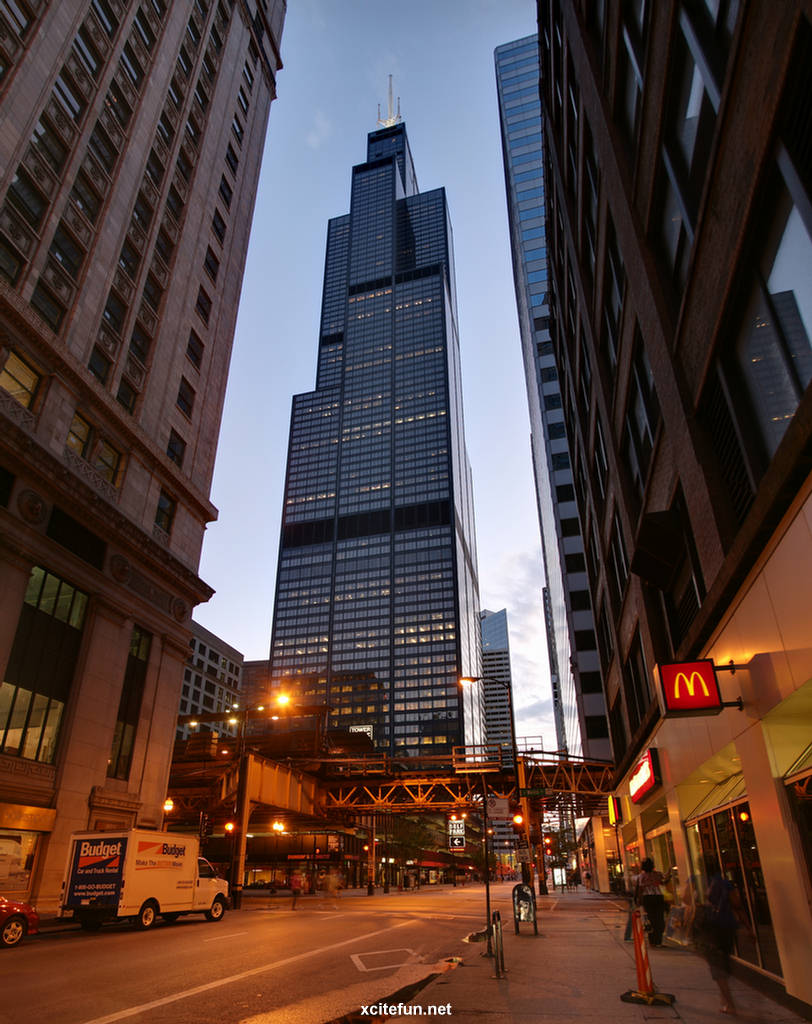
Reporters in the late 19th century described Chicago’s soil as “a great jelly-cake” with a “semi-fluid” layer like “molasses.” Here’s a bit from an 1891 article in the New York Times - back when the word skyscraper was so new that reporters had to put it in quotes: (Image courtesy DePaul University archives) Click to explore a large version of this map. Generalized soil map of the region of Chicago, 1927. Imagine trying to build a skyscraper in that.” “If you can imagine your front yard and the little muddy spot you have after it’s rained for a while,” says Wiggers, “that sediment is really, really saturated and it’s very oozy. That material settled to the bottom, leaving present-day denizens a thick layer of squishy soil. The soil was so slick that in 1856, Chicago lifted itself up to 14 feet off the ground to keep from sinking and sliding around in the mosquito-infested marshland.Ĭhicago’s soil started as sediment drifting around in Lake Chicago - an ice-age precursor to Lake Michigan. View the USDA’s Soil Survey of Cook County for a detailed look at Chicago-area soil It would be something we’d call a histosol - it’s very peat-rich, very rich in organic matter,” he says.

“If you had been here, for example, in 1820 when Chicago was still a very small settlement, what you would have found first of all was a soil profile that was mostly wetland soil. Ray Wiggers, a geologist with Oakton Community College, says Chicago’s bedrock is buried beneath silt, mud and clay. Offering just a short portage between the Great Lakes and the Mississippi River basin, the area that would become downtown Chicago was a natural choice for the city’s settlers - and a naturally swampy setting. In fact, the city’s very identity as a hotbed for architecture and geotechnical engineering might be a product of what reporters once deemed “the great layer of jelly in Chicago’s cake.” From swamp to city
Chicago skyscraper plus#
If architects and engineers don’t do it right, the results could be catastrophic: They could end up with a lopsided building or, worse, a fatal collapse.Īs we found out, in the past 150 plus years, architects have struggled to tame Chicago’s swampy soil, with varying degrees of success. Steadying skyscrapers in Chicago (and, come to think of it, many cities around the world) is still a staggering feat of structural engineering. What special techniques or extra work is required to construct massive buildings on swampland around Chicago? He asked Curious City how it all came to be: “Outside enjoying the lakefront, beaches, parks,” says Vendel, “you see the sand and you see these huge skyscrapers in the skyline and you think: How do they stay stable in that structure?” Looking back on the Loop from the shores of Lake Michigan, though, it’s a different story. You'll see up close how each building has its own unique design, often reflecting the style that was popular or prevalent when it was constructed.Editor’s note: This was piece was produced in collaboration with the Chicago Architecture Foundation, which provided research, expertise and other assistance during its development.įrom his office tower in downtown Chicago, Mike Vendel has no reason to doubt the structural stability of the buildings where he and hundreds of thousands of others spend their workdays. These buildings-including the Page Brothers Building, Old Dearborn Bank, the Chicago Motor Club, the Carbide and Carbon Building, NBC Tower and more-tell the story of how architectural technology evolved over time. On this tour, you'll learn about the city's beginnings on the river, its rebirth after the Great Fire and its development into a commercial and cultural hub, all while viewing structures in the order they were built. This tour is an enticing overview which introduces you to the most important stories of Chicago architecture. See how architects adapted building styles to meet the fashions of their era and used cutting-edge engineering to build taller than ever before. This 90-minute tour is a chronological overview of Chicago's architecture, starting with its growth on the Chicago River, its rebirth after the Great Chicago Fire and its development into a commercial and cultural hub.


 0 kommentar(er)
0 kommentar(er)
